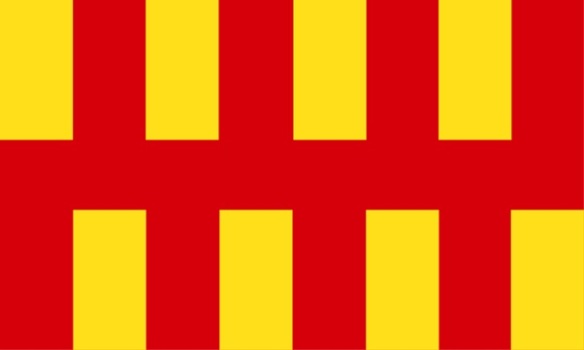Club member Chris John Jackson G4NAB has just activated two new nodes in Ashington under the new license rules; I checked one out this morning when I was walking the dog in Bedlington, keying up and hearing the K response back. I tried Hubnet by keying in 9123526# (see his instructions below), and I was quickly talking to Andy Trenfield VK6HQ at his radio club In Perth Australia (H.A.R.G – Hills Amateur Radio Group, in the Perth Hills). I was very pleased with the QSO and this adds another exciting route for a QSO in my local area when 2m and 70cm get no response from a call.
Thanks to Chris for setting these up for us all to play with 👌
Details below 👇
“For everyone local to Ashington I have received official approval to run and operate two nodes under my callsign under the new Ofcom regulations, for club and local access.
The first of the nodes is on VHF 145.2375 with CTCSS access of 118.8. Power output is 5 watts, sharing the antenna for the DMR repeater on 70 cms. This node has a number of functions, the first of which is an EchoLink node. It is accessible by DTMF 2#. There are a number of options possible but users can select a node number from the current logins on https://www.echolink.org/logins.jsp. using a selected number from the list followed by # will provide access. ## will disconnect from the EchoLink server.
The second function is to provide weather information from a number of airports with Newcastle EGNT as the default. This is accessible with DTMF 5#. Sending numbers 1#-10# will cycle through several airports outside the region.
Exit the module is by DTMF #.
To test your own audio send 1#, transmit briefly, then listen for your audio to be repeated back to you. Again exist this module with #.
The final operation is significant, for the node is connected to a growing network with access to distant nodes, including two repeaters and a simplex node in the Midlands and four in Sweden. The way these distant nodes are connected are by talk-group, 235 for all the British nodes, 23561 for local contacts, and 23590 for the Midlands. Using DTMF 91, followed by the Talk-Group number followed by #, will dynamically connect you to the selected node where you can make a call. If there is no response, then send DTMF 910# and it will be disconnected. If you would like to call Hubnet then DTMF 9123526# where you can call CQ to a wider audience across the UK.
You can watch the activity on svxportal-uk.ddns.net:81 and checkout the talk-groups available.
The second node is a UHF repeater with output on 430.900 MHz and input 438.500 MHz. (7.6 MHz separation) CTCSS 118.8 MHz is required. It is not yet on an external antenna, but will eventually. The same functions are available as on the VHF Simplex node, except without EchoLink.
Please use them with respect. I provide them free of charge“

